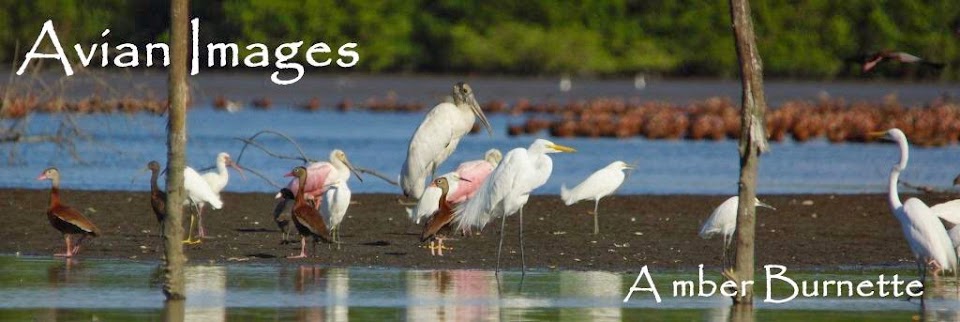 |
| Yellow-billed Caciques are a constant companion - at the Gardens, at a hotel, in a parking lot - anywhere. The feathers at the crown can display in many different arrangements. |
 |
| Golden-cheeked Woodpecker. |
 |
| Male (top) and female. Can really see the difference in plumage. The male has more red/orange on head. |
 |
| What really is sexier than a San Blas Jay? |
 |
| Why - three San Blas Jays, of course! |
 |
| Orange-fronted Parakeets were never far away. |
 |
| Wow - another sexy bird. Masked Tityra. Males have more black on the head. Understated seduction - that just says Stephen Amell to me. The mask (Arrow) notwithstanding. |
 |
| Female Masked Tityra. |
 |
| You'll have to take my word that there is a Squirrel Cuckoo in here. Face is bottom left - tail is jacked up and more to the right. |










































